Optimal Seasons for Foundation Repairs
Determining the optimal time for foundation repairs depends on various factors including weather conditions, soil stability, and the severity of foundation issues. Typically, mild and dry seasons provide the most favorable conditions for conducting repairs, as they allow for better access and adherence of repair materials.
Spring offers moderate temperatures and longer daylight hours, making it suitable for foundation work. However, increased rainfall can sometimes delay projects.
Summer provides warm weather ideal for many repair processes. Care must be taken to avoid extreme heat which can affect curing times of materials.
Fall can be an excellent time due to cooler temperatures and less rain, but early frosts may impact certain repair methods.
Winter is generally less ideal due to cold temperatures and frozen ground, which can hinder excavation and curing processes.

Cracks in the foundation can indicate underlying issues requiring timely repair.
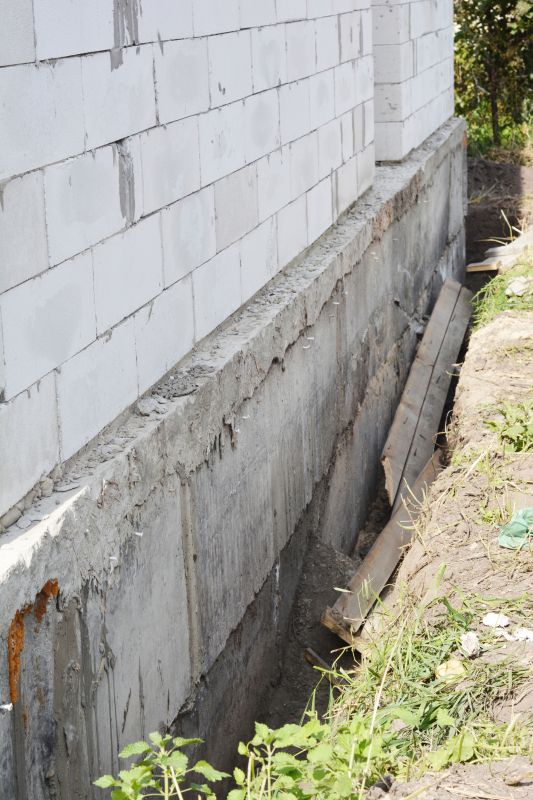
Soil movement can cause foundation settling, often more noticeable during dry or wet seasons.
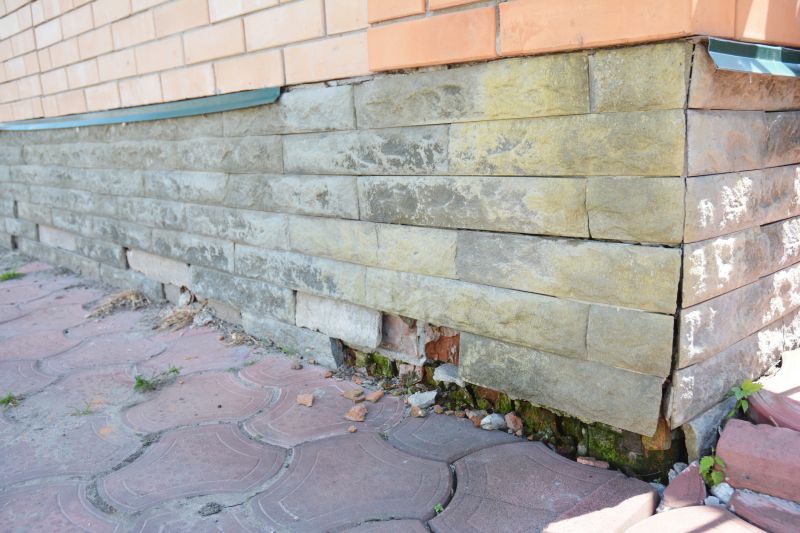
Damaged basement walls may signal the need for foundation stabilization.
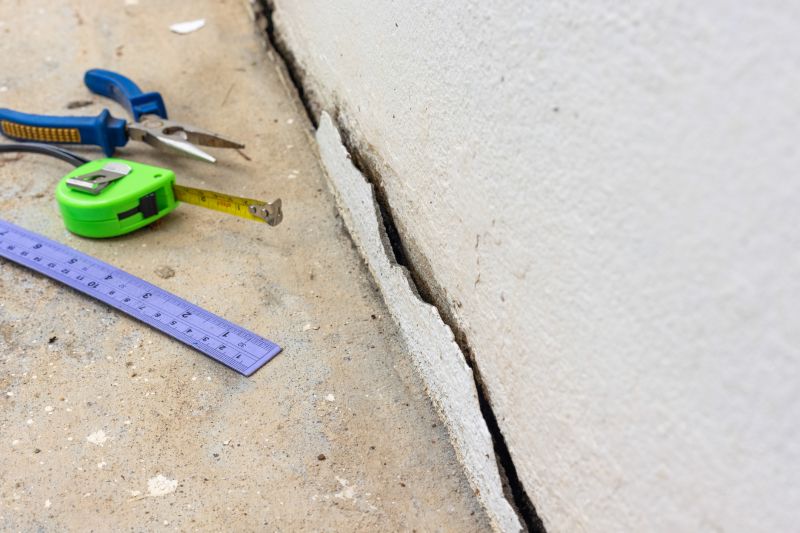
Ways to make Foundation Repairs work in tight or awkward layouts.
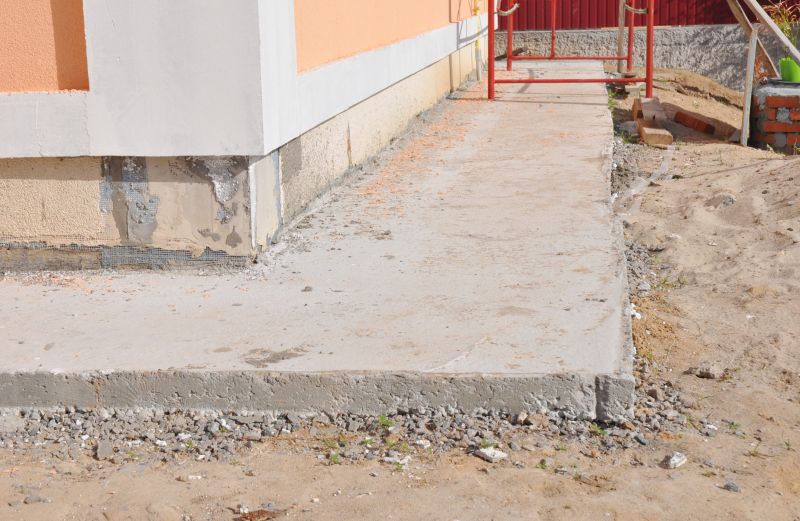
Popular materials for Foundation Repairs and why they hold up over time.

Simple add-ons that improve Foundation Repairs without blowing the budget.
| Season | Ideal Conditions |
|---|---|
| Spring | Moderate temperatures, longer days, potential for rain delays |
| Summer | Warm weather, caution for high heat |
| Fall | Cooler temperatures, less rain, early frosts possible |
| Winter | Cold temperatures, frozen ground, limited accessibility |
Foundation repairs are essential for maintaining structural integrity and preventing further damage. Common issues include cracking, settling, and shifting caused by soil movement, moisture fluctuations, and aging materials. Timely intervention can help avoid costly repairs later and preserve property value. Statistics show that addressing foundation problems early can reduce repair costs by up to 50 percent and prevent secondary damages such as mold and interior damage.
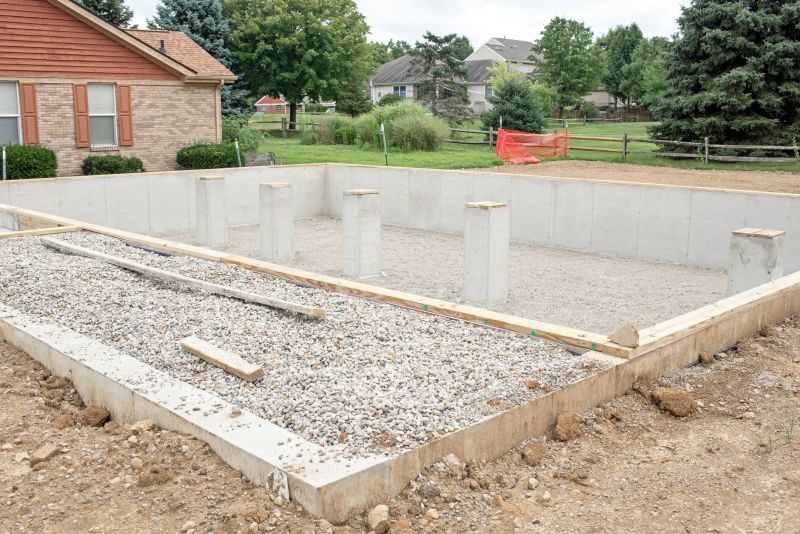
A typical repair involves soil stabilization, piering, or underpinning to restore stability.
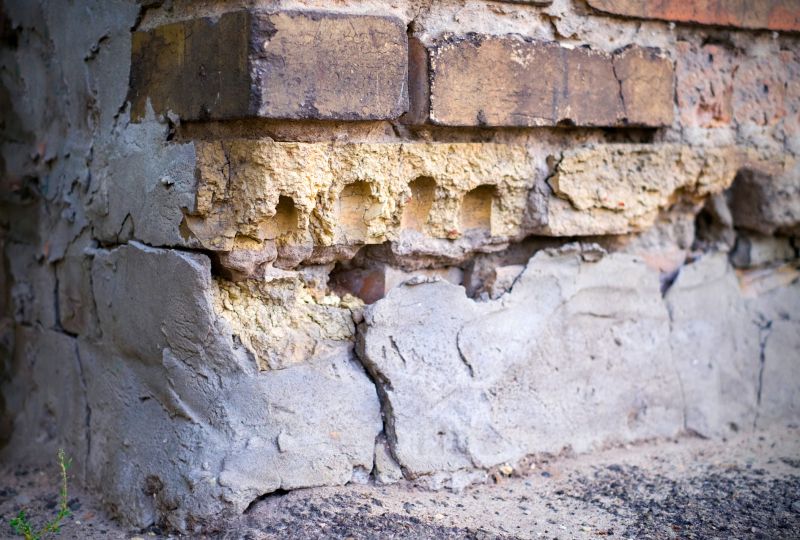
Assessment of foundation damage to determine the appropriate repair method.

Restoring foundation stability to prevent future issues.
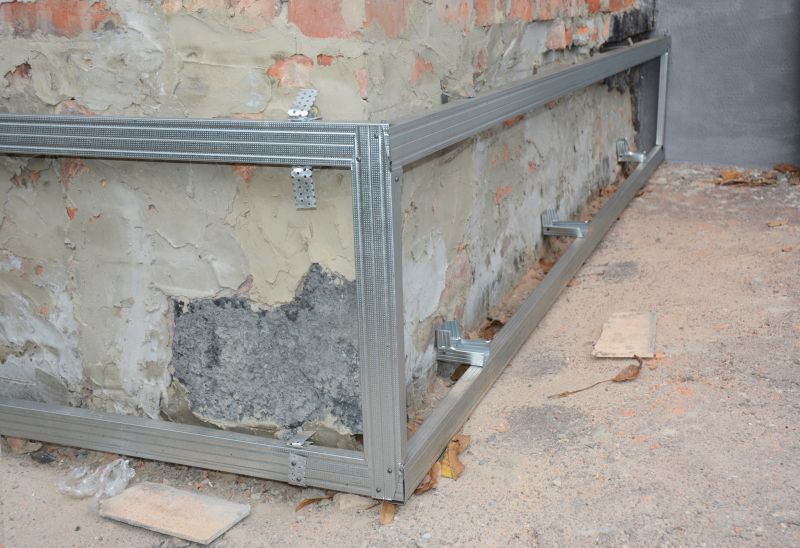
Adding support structures to strengthen the foundation.
Interested property owners in Burlington, IA, are encouraged to contact for further information on foundation repair options. Proper timing and professional assessment are key to effective and durable repairs, ensuring the longevity of the structure and safety of the occupants.



